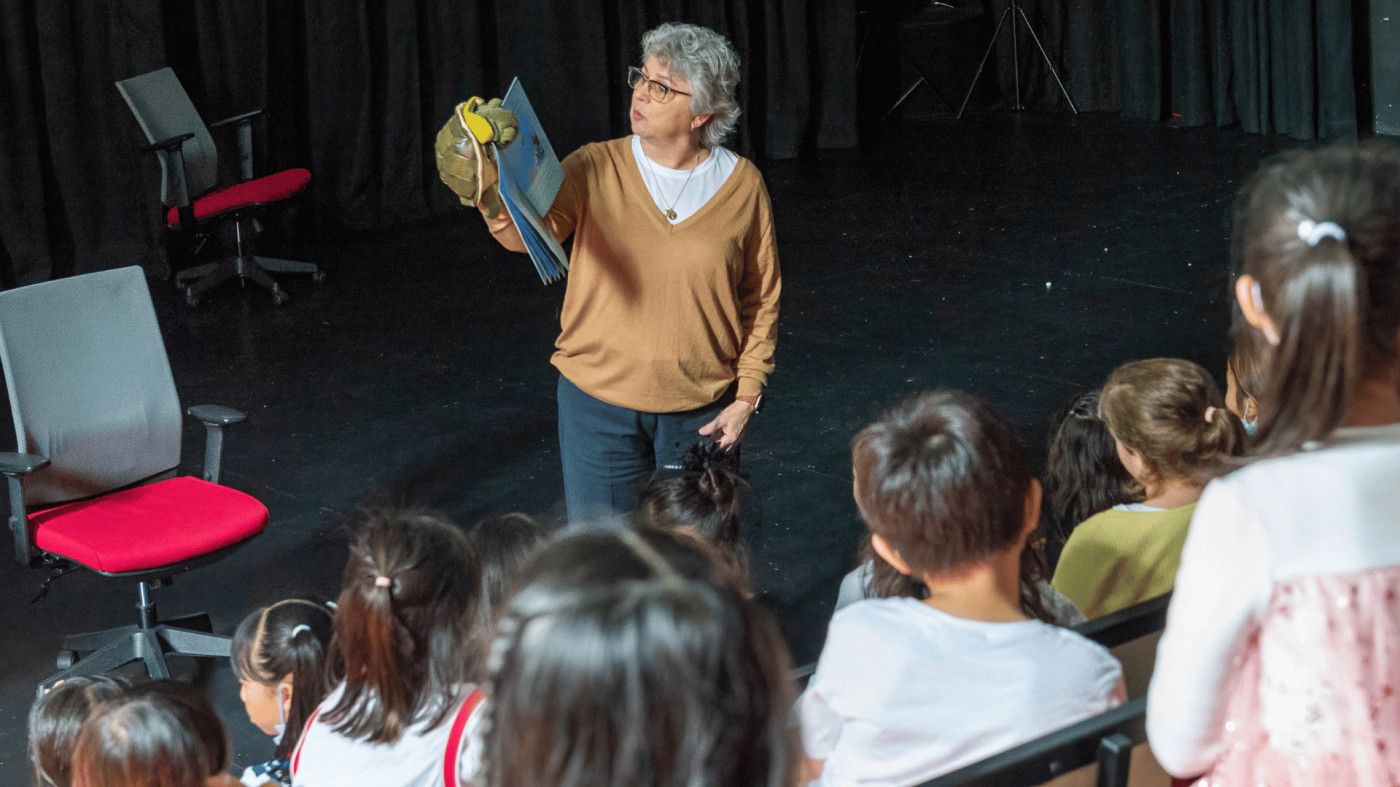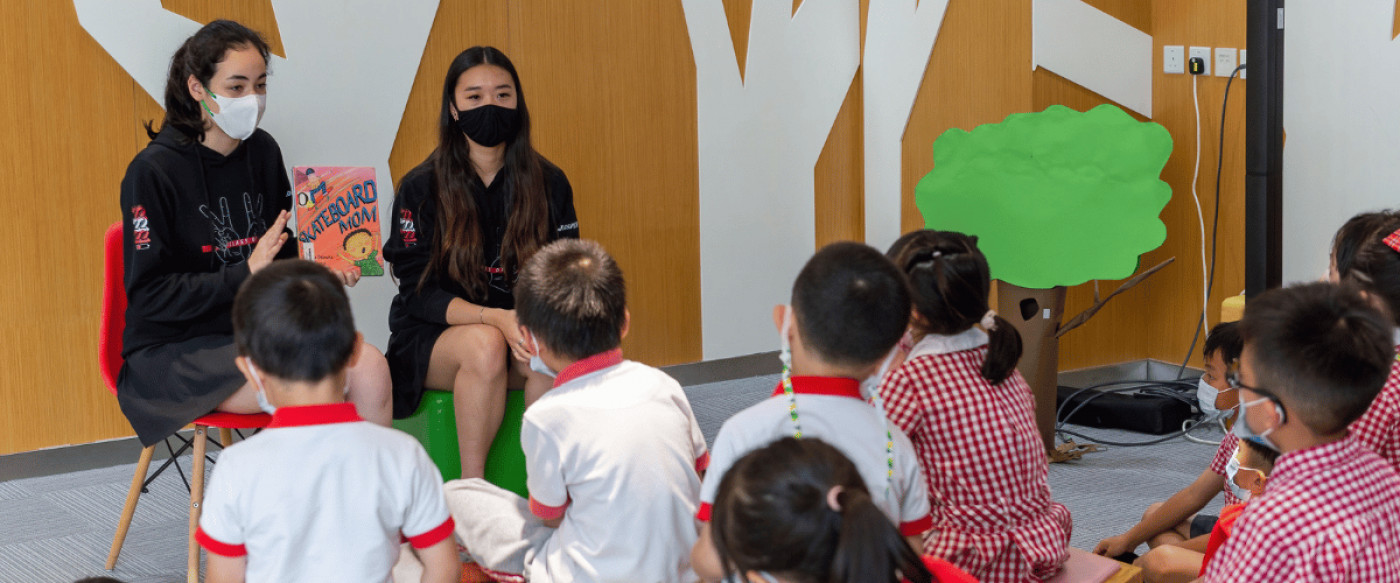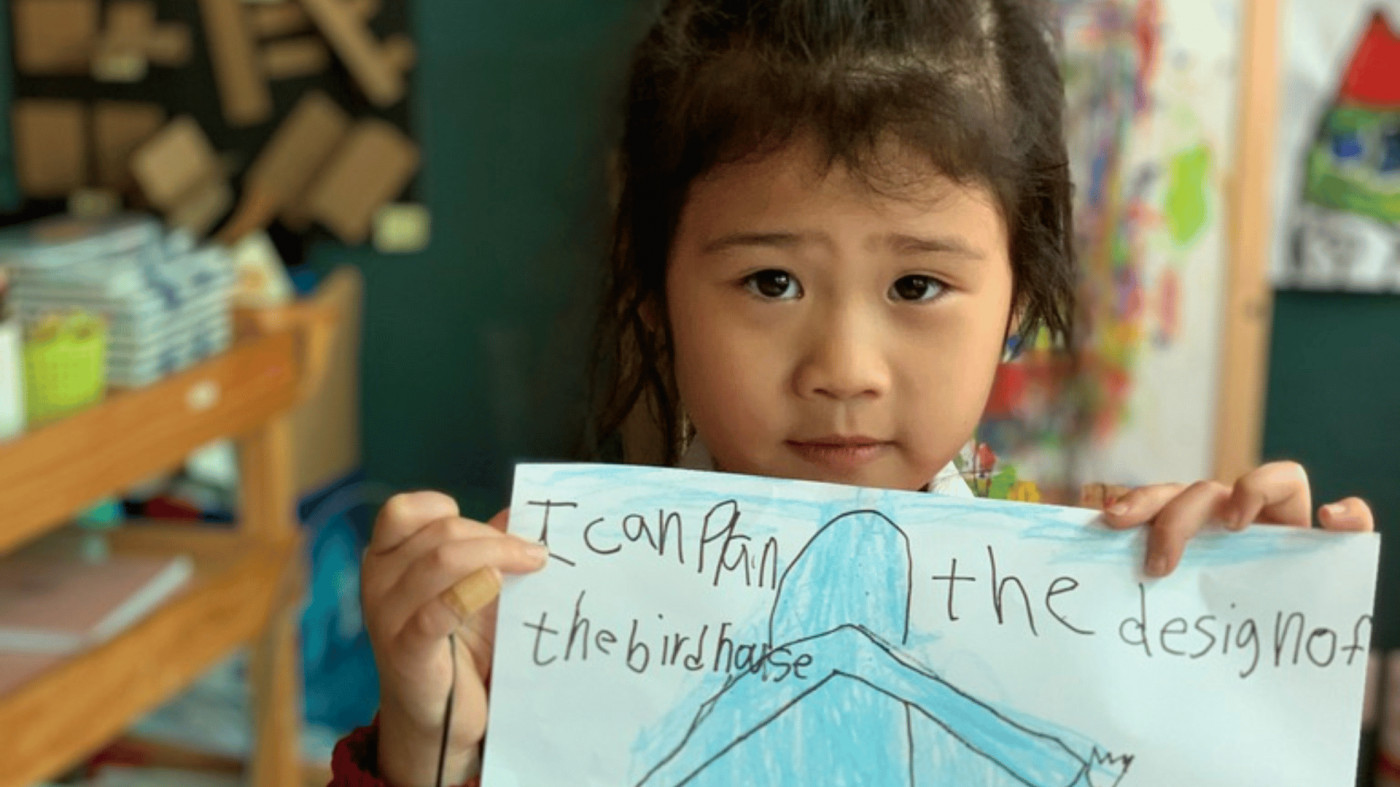
What is “Balanced Literacy?”
Balanced Literacy is a term educators use to describe reading and writing instruction which can include many different practices. A balanced literacy program aims to develop students' reading and writing competency so that we can make sure they are progressively becoming more skillful readers and writers. Oral language is the foundation of literacy that develops the ability to communicate thoughts, feelings, experiences, information and opinion and learn to understand oneself and others, so oral language development is always an integral part of balanced literacy instruction.
Role of the Teacher
Teaching reading and writing is a complex decision making process in which the teacher makes thoughtful choices each day about the best way to help each student improve their reading and writing skills. Teachers need to be able to assess student’s current reading and writing skills, identify gaps and areas for growth, then introduce a variety of strategies, techniques and resources to advance student’s skills. In order to accomplish this, teachers need familiarity with current and ever changing research and philosophies about developing literacy competency and ongoing instruction in the use of current preferred programs, strategies and resources.

Instructional and Organizational Elements
A balanced literacy approach is organized to include several instructional and organizational elements:
Excellent models of reading and writing behavior
Systematic, intentional skill instruction, including phonics instruction
Copious amounts of rich and varied literature
Authentic reading and writing activities
Regular and frequent opportunities for practicing reading and writing skills
Opportunities to use reading and writing skills for a variety of purposes
Opportunities to celebrate reading and writing efforts
Ongoing assessment, evaluation and reflection by teachers and students
Explaining Components of a Balanced Literacy Approach
Phonics Instruction
Phonics instruction primarily focuses on the smallest units of sound that comprise a language, or phonological awareness. Students are systematically and directly taught that certain sounds (phonemes) are represented by letters and combinations of letters (graphemes), and some sounds have several letters/letter combinations to represent them. Phonics instruction helps readers understand common vowel and consonant patterns and rules for decoding, spelling patterns, word recognition including irregular words that do not follow the typical decoding rules, and syntax. Phonics instruction is integral to literacy instruction.
Grammar Instruction
Grammar is the framework of spoken and written language, or knowing how to put words and sentences together in a fluent way. Grammar instruction is learning the rules and structure of the language and having opportunities to practice these structures in real life using meaningful spoken and written tasks. Isolated grammar instruction rarely transfers to functional usage, so it needs to be purposefully embedded and highlighted in other daily literacy activities.
Read Alouds
The teacher reads a book aloud to the students, individually or in groups. This exercise models appropriate reading behaviors and strategies and exposes students to a rich variety of genres and literary styles.

Shared Reading/Viewing
The teacher and students read books or passages together. The students follow along as someone reads outloud, using books that students cannot read independently. Some examples include big books and buddy reading.
Guided Reading/Viewing
The teacher plans and teaches specific lessons to small groups using instructional level books. The purpose is to focus on observing and supporting students' use of specific strategies.
Independent Reading/Viewing
Students choose and read self-selected books independently. Teachers conference with students to monitor their progress.
Modeled/Shared Writing/Representing
The teacher and students collaborate to write the text and the teacher acts as a guide and scribe. Includes thinking aloud and modeling the writing process to support learners and results in text at an instructional level that children can read independently because they helped create it.
Guided Writing/Representing
The teacher plans and teaches lessons on a specific writing procedure, strategy or skill at the students instructional level.

Independent Writing/Representing
Students write independently, sharing their ideas and practicing the skills they have been learning.
Reading and Writing Workshops
Reading and writing workshops are designed to offer a simple and predictable instructional session so that the teacher can focus on observing students' progress and teaching to their needs. Each session begins with a mini-lesson where the teacher demonstrates what is expected of the students, followed by independent practice, conferring with individual students, guided practice, and finally sharing and discussion. This model of targeted instruction, practice and immediate feedback supports students at all levels to continue to improve their literacy skills.
No single approach to teaching reading and writing is “right” or “wrong”, and different approaches focus on different results. Learning to read and write while developing proficiency in an additional language further complicates the literacy learning process. By immersing students in rich literature and rigorous literacy instruction, we aim to foster a lifelong habit of reading and writing to learn and possibly even an enjoyment or love for reading.



